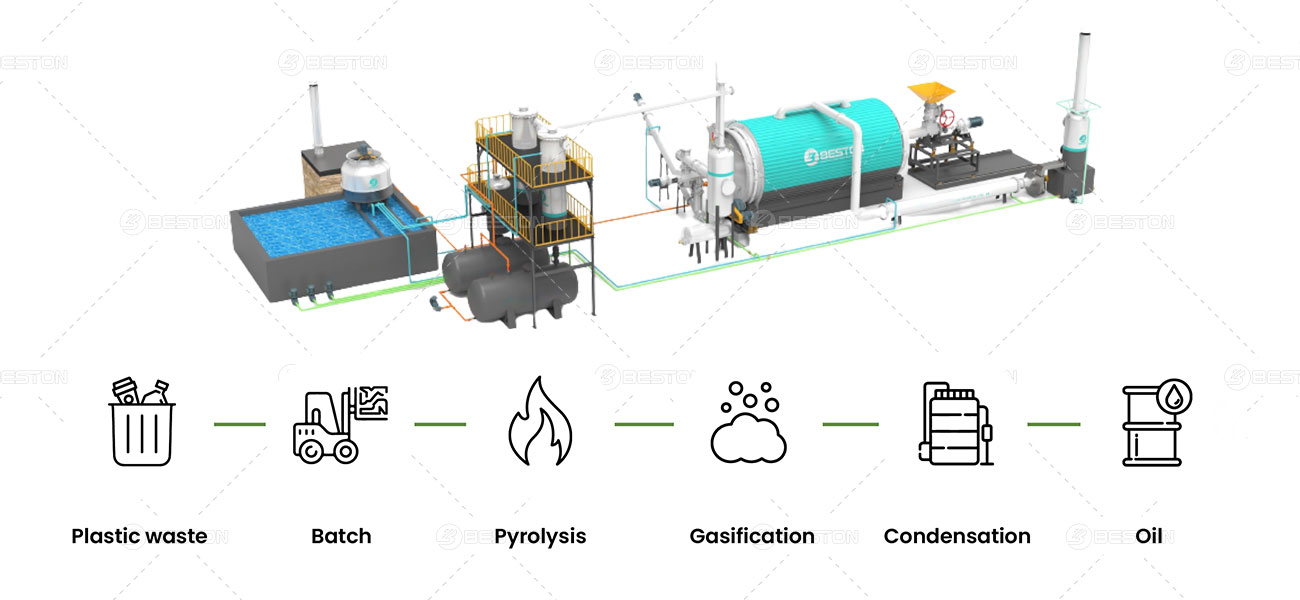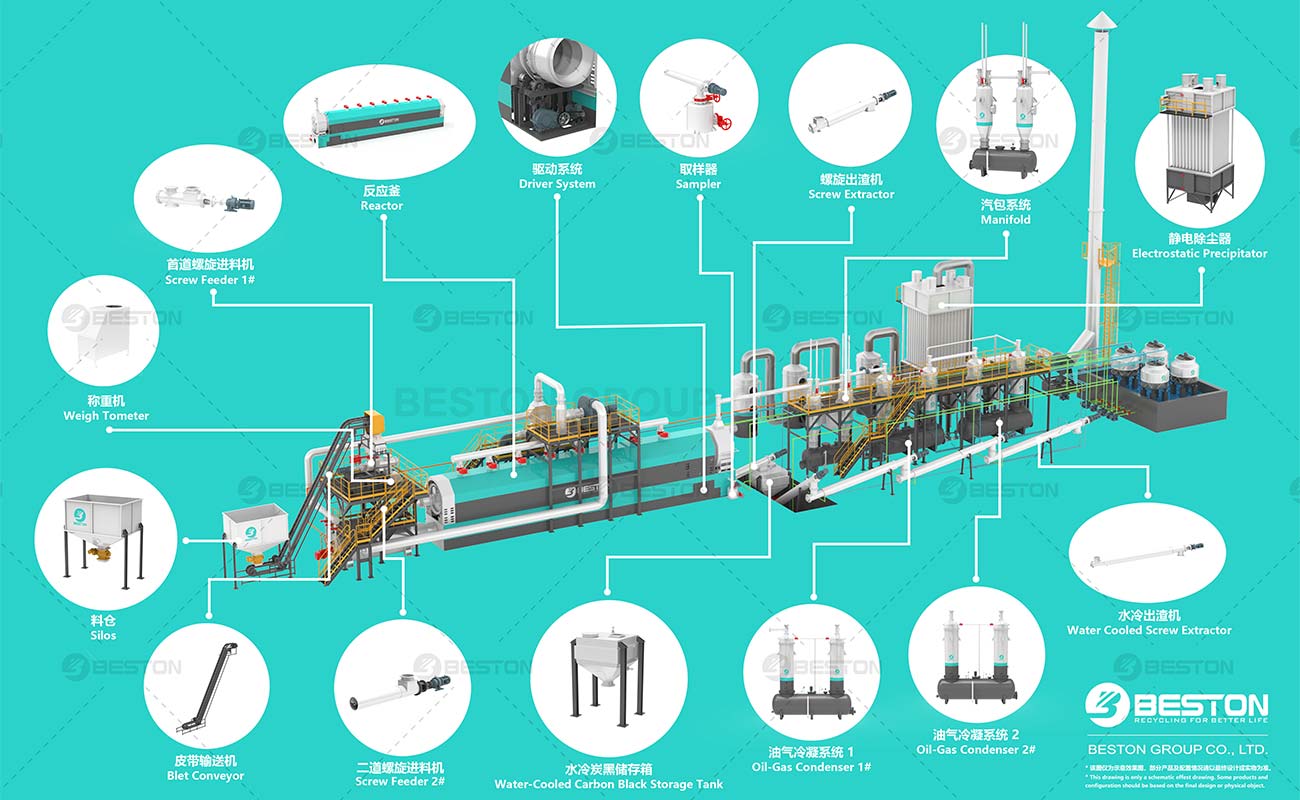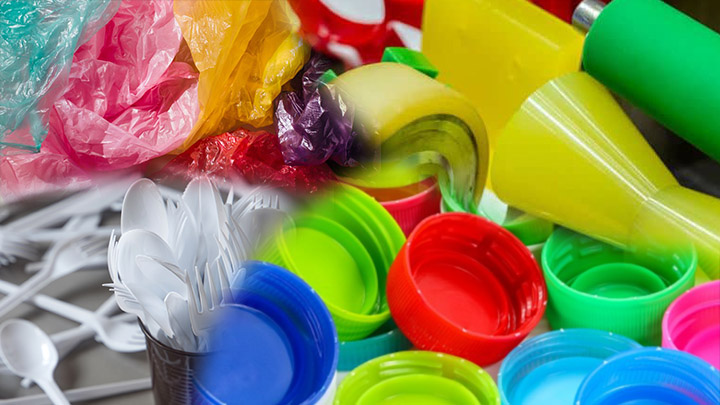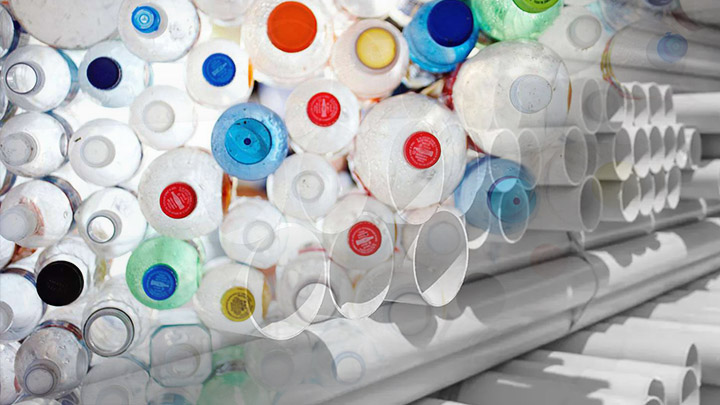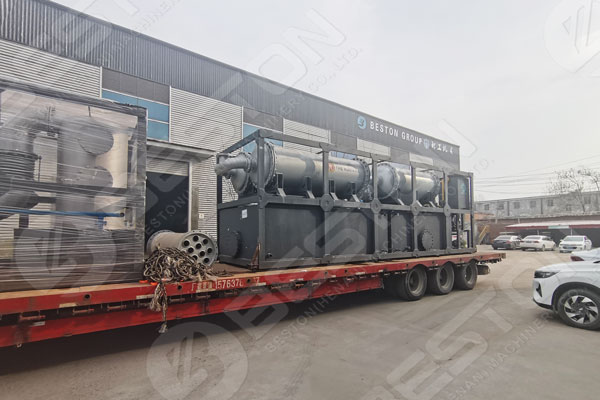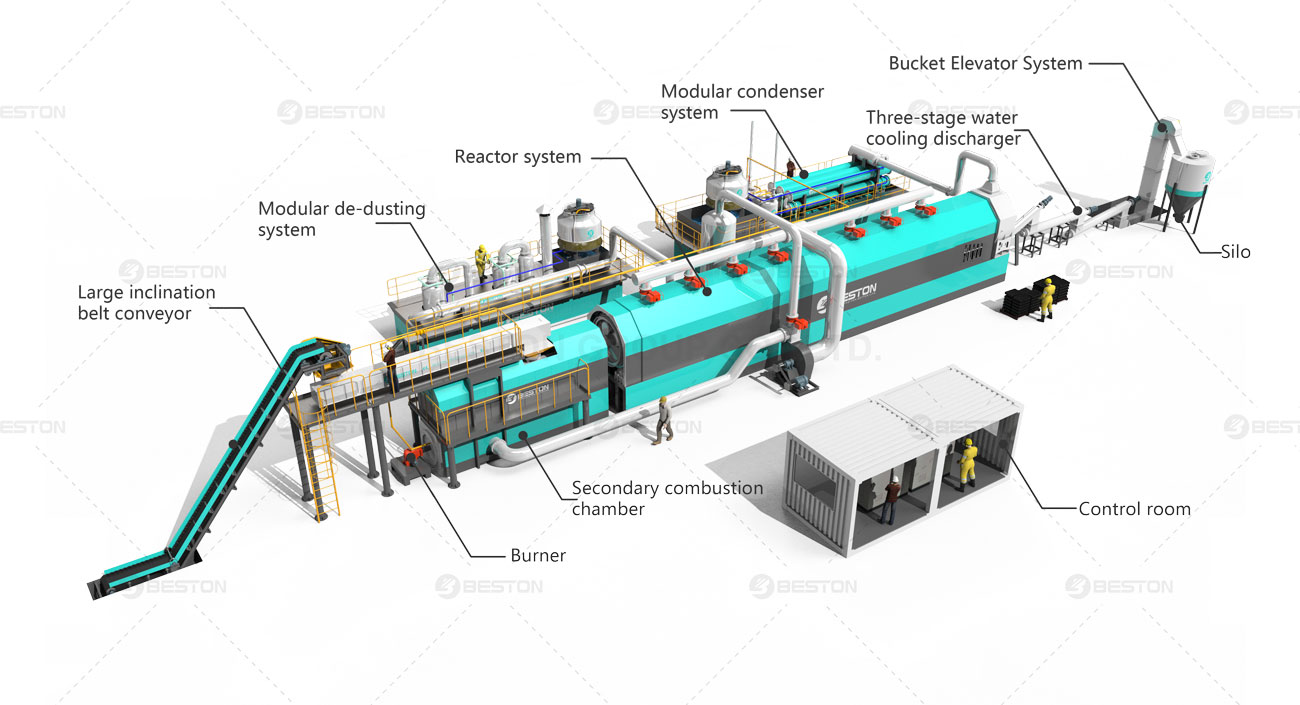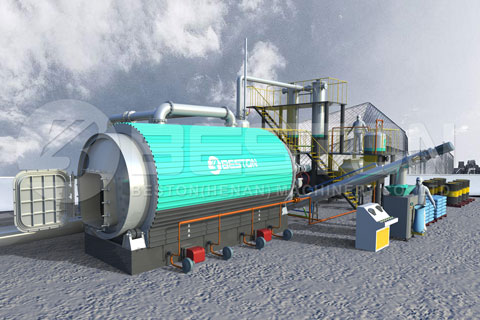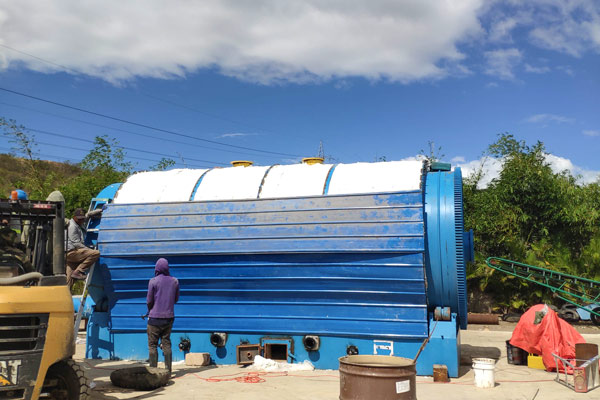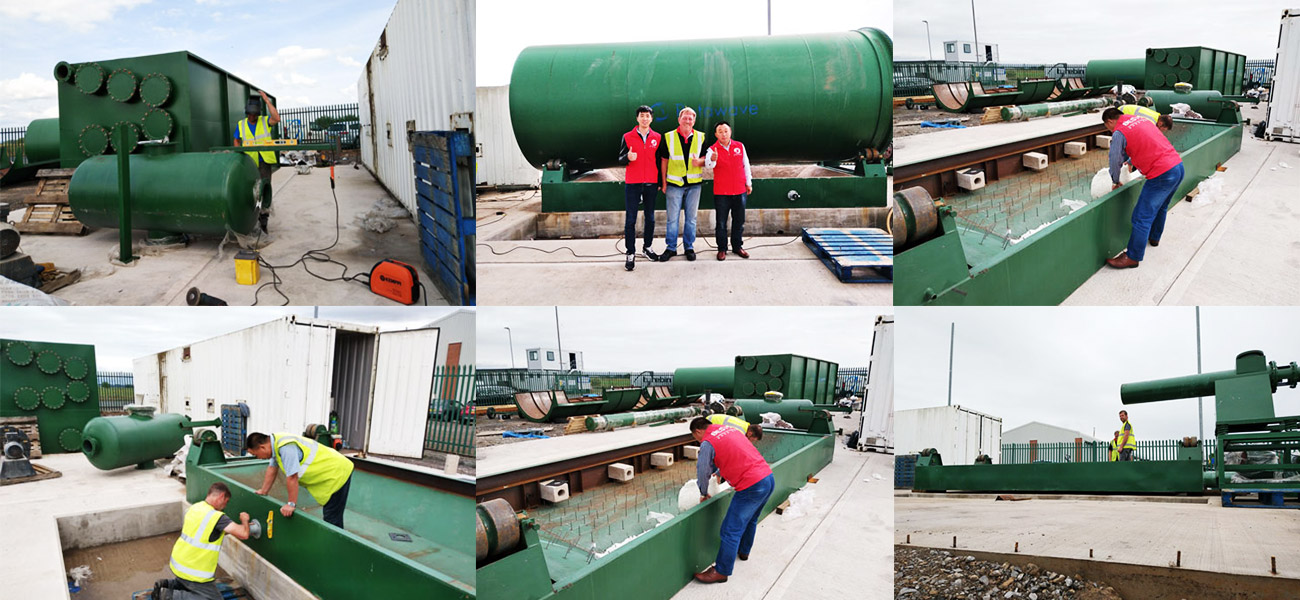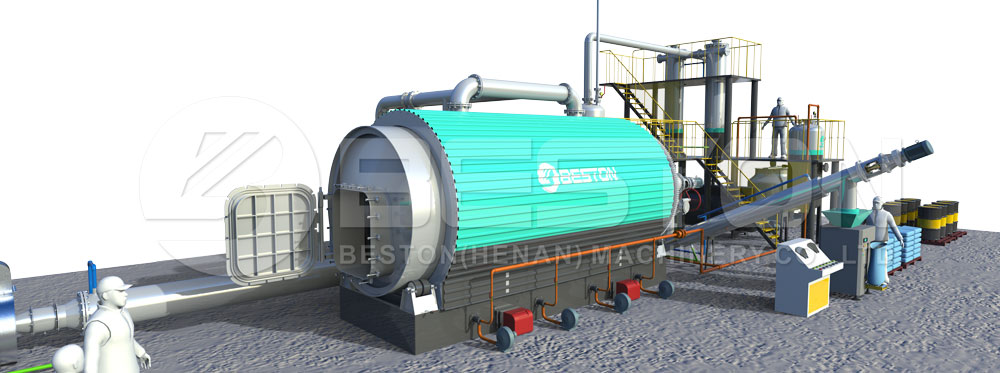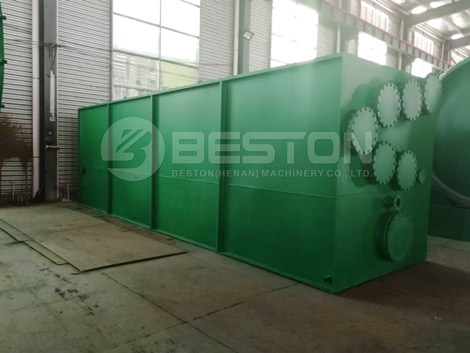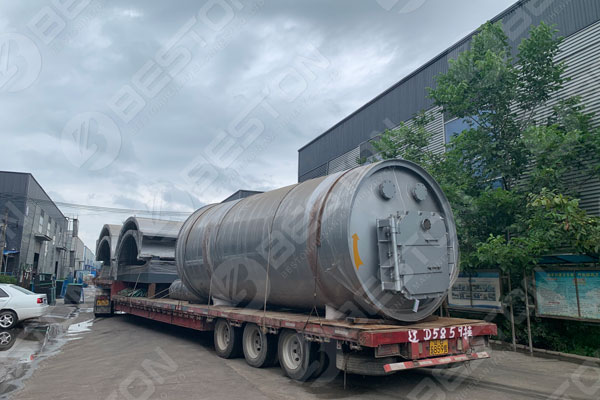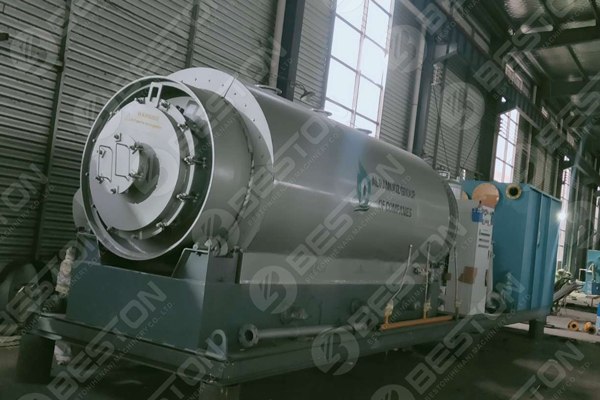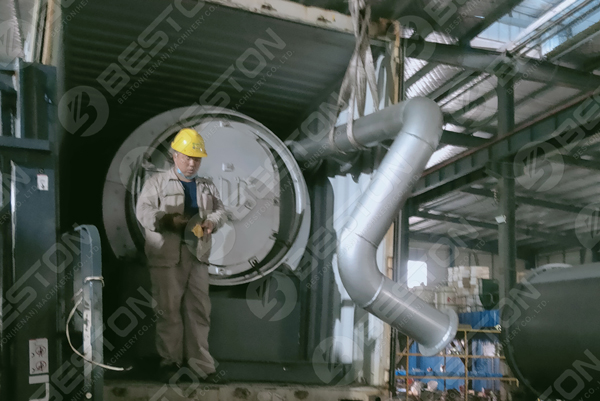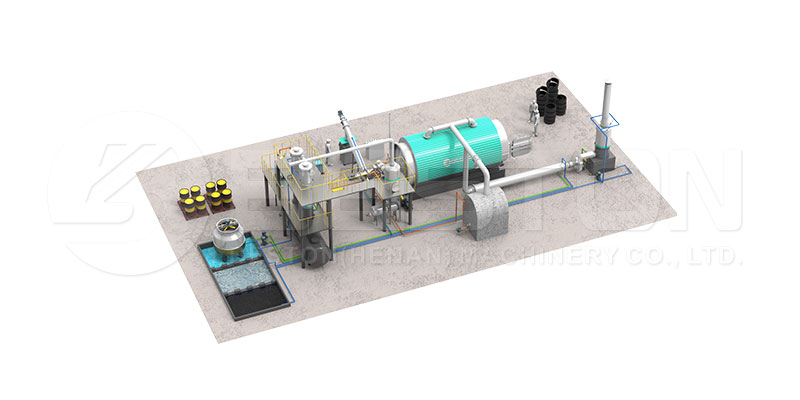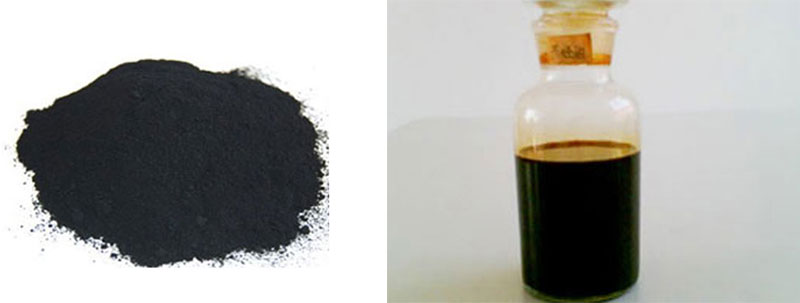In the realm of environmental remediation and analytical chemistry, one encounters a sophisticated apparatus known as the Thermal Desorption Unit (TDU). This intricate device plays a pivotal role in the extraction and analysis of volatile and semi-volatile organic compounds. Let’s embark on a journey to unravel the nuances of this cutting-edge technology.
The Essence of Thermal Desorption
At its core, a thermal desorption unit serves as a veritable alchemist in the laboratory, deftly separating compounds from matrices without the need for solvents. The process hinges on the application of controlled heat, defying convention with its eco-friendly approach to sample preparation.
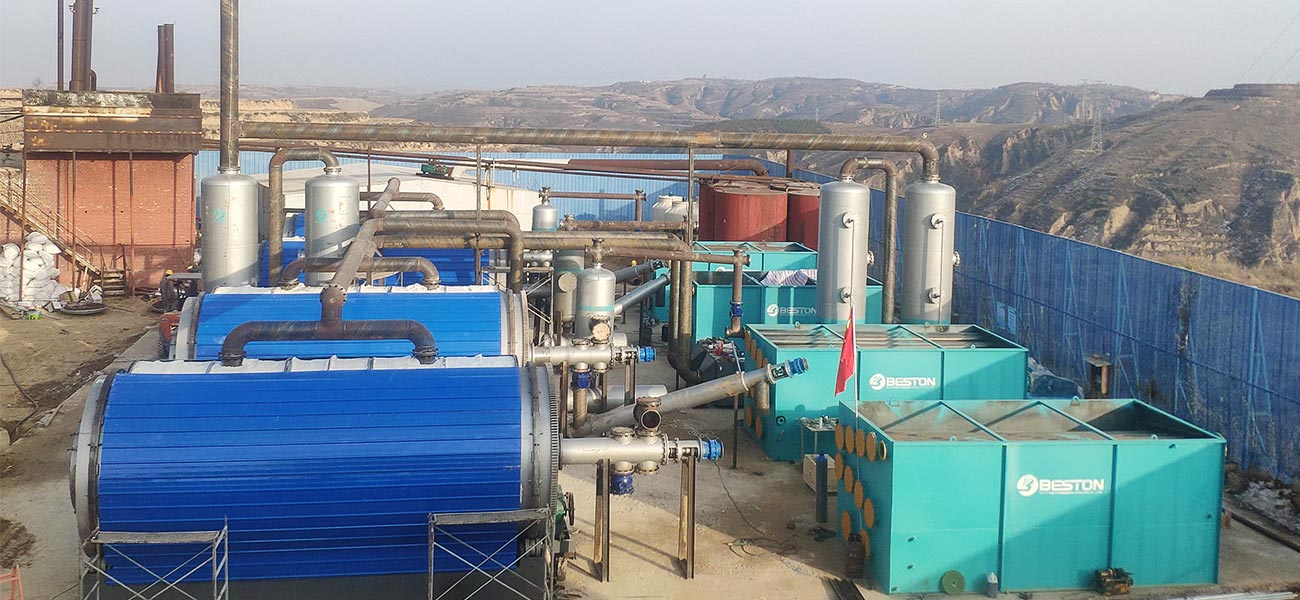
The Intricate Dance of Components
Within the confines of this marvel, a carousel of components choreographs a symphony of precise actions. An injection port ushers the sample into the unit, where it encounters a Tenax or other sorbent material. This material, akin to a molecular Velcro, captures the volatile compounds, detaining them momentarily.
As the temperature ascends, a ballet of thermal desorption unfolds. The captured compounds, once confined, break free from their sorbent shackles, becoming a vapor that ascends into the analytical domain.
Key Components in the Spotlight
-
Sorbent Trap
The sorbent trap, a linchpin in the process, boasts a selective affinity for volatile compounds. It captures the essence of the sample, ensuring only the most relevant components traverse the stages of thermal liberation.
-
Inlet System
An intricately designed inlet system acts as the gateway for samples, guiding them into the unit with precision. This portal is not merely an entry point but a discerning filter that sieves the wheat from the chaff, allowing only the analytically significant constituents to proceed. More information on oil sludge pyrolysis plant here.
-
Thermal Desorption Chamber
Central to the narrative is the thermal desorption chamber itself, where controlled temperatures wield influence. As the temperature incrementally rises, compounds make their grand exit, transitioning from a condensed state to an ethereal vapor.
-
Cryogenic Trap
To ensure purity in the analytical journey, a cryogenic trap stands sentinel, capturing any lingering impurities. This meticulous safeguard ensures that the analytical stage receives an unadulterated representation of the sample.
Keywords in the Spotlight
In navigating the intricate web of thermal desorption, several keywords punctuate the discourse, lending depth to our understanding:
- Volatile Organic Compounds (VOCs): The unsung heroes of environmental analysis, VOCs take center stage in the TDU’s performance, showcasing its prowess in their extraction.
- Sample Preparation: Liberation from the shackles of traditional solvent-based methods, sample preparation undergoes a metamorphosis, embracing a solvent-free, eco-conscious approach.
- Analytical Chemistry: The TDU steps onto the stage as a luminary in analytical chemistry, unraveling the secrets of complex matrices with finesse.
- Environmental Remediation: In the quest for a cleaner, greener planet, thermal desorption emerges as a potent ally, addressing environmental concerns with scientific acumen.
Unraveling the Applications
The versatility of the Thermal Desorption Unit extends far beyond the confines of a laboratory. Its applications ripple through diverse fields, leaving an indelible mark on environmental monitoring, food safety analysis, and the elucidation of volatile compounds in pharmaceuticals. Check the waste plastic pyrolysis plant here.
Environmental Monitoring
In the realm of environmental monitoring, the TDU emerges as a stalwart guardian. By dissecting air, soil, and water samples with precision, it unveils the fingerprints of pollutants, facilitating informed decisions for environmental conservation.
Food Safety Analysis
In the context of food safety, the TDU transcends the ordinary. By scrutinizing food products for volatile contaminants, it safeguards consumer health and elevates the standards of quality control in the food industry.
Pharmaceutical Prowess
Pharmaceutical research benefits from the TDU’s prowess in elucidating volatile compounds. The unit becomes an indispensable ally in the quest for pharmaceutical purity, ensuring that medicinal formulations adhere to the highest standards.
A Glimpse into the Future
As technology evolves, so does the Thermal Desorption Unit. Innovations in automation, integration with mass spectrometry, and enhanced sensitivity propel this apparatus into the future. The analytical landscape awaits further revelations from the alchemy of controlled heat and meticulous sorption.
In conclusion, the Thermal Desorption Unit stands as a testament to human ingenuity in the realm of analytical chemistry and environmental stewardship. With its eco-friendly approach, precision-engineered components, and unwavering commitment to unraveling the secrets of volatile compounds, it continues to shape the narrative of scientific exploration. The dance of molecules within its chambers choes the harmonious rhythm of progress, promising a future where the quest for knowledge knows no bounds. Visit the Beston Group here.
